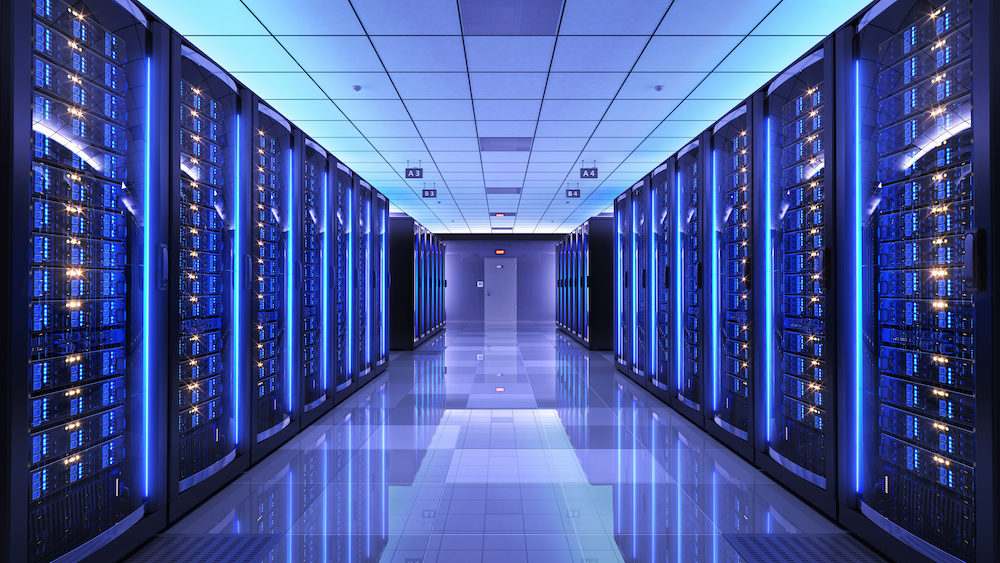AI for Water: 10 Ways AI is Changing the Water Industry

Artificial intelligence (AI) is making its mark on the water industry, powering intelligent operations using machine learning to optimize resource use and operational budgets for organizations. Here are 10 ways AI is already changing the water industry, from business innovations that save money and make work more efficient to helping combat global water challenges by lowering overall water consumption.
1. AI will drive a decade of technology investment in water and wastewater
Water and wastewater operations are investing in artificial intelligence. Market research is forecasting $6.3 Billion of investment in AI solutions by the year 2030. This investment is a part of a growing trend for the water industry to “go digital” with smart infrastructure solutions.
Mel Meng on training AI to SWMM: Can AI help predict sewer flows?
One example of AI in action is in predicting sewer flows. Sewer systems are critical infrastructure that transport wastewater to treatment plants, but with the impacts of climate change, aging infrastructure, and historical design practices, too much raw sewage is being released into our environment, causing harm to our planet and damaging properties. By training an AI model with thousands of examples, the model can learn to predict the next flow value, without the need to know the exact processes.
2. AI will deliver significant OPEX savings
When some US utilities are spending over $300 per customer annually on water and wastewater operations, the potential for savings is significant. AI can save 20-30% on operational expenditures (OPEX) by reducing energy costs, optimizing chemical use for treatment, and enabling proactive asset maintenance.
3. AI will predict emergency events and learn from them at an accelerated rate
Water main breaks are costly for utilities in both financial and social capital. Artificial intelligence and machine learning can “fingerprint” the data patterns that indicate a break event may be imminent and learn from these patterns so that alerts become more accurate over time.
Water Talk: A guide to low-hanging AI fruit for the water and wastewater sector.
4. AI will provide sophisticated decisioning intelligence to support operators
Operators no longer need to analyze complex variables for important decision-making by themselves. Whether it’s turning pumps on or off, determining chemical dosages, or deciding when to maintain assets, AI enables “Operator 2.0” with intelligent recommendations and driven by machine learning.
5. AI will optimize energy use for both drinking water and wastewater
According to the EPA, for many municipal governments, drinking water and wastewater plants are their largest energy consumers, often accounting for 30 to 40 percent of their total energy consumed. That rolls up nationally to a large amount, with drinking water and wastewater systems accounting for approximately 2 percent of energy use in the United States.
AI can optimize pump runtimes so that they are only using energy when they need to. This should be an easy cost-reduction win for early adopters of AI.
6. AI will help identify over-consumers of water and help them find ways to use less
The kind of efficiency artificial intelligence promises in water savings goes far beyond traditional utility operations and water distribution, for example in the realm of water footprints for datacenter management. Datacenters are becoming ever more pervasive and need ever-more energy to operate. They also need to build water cooling towers to cool the massive racks of servers they have set up in giant warehouses.

Datacenters have become massive users of water for cooling racks of servers. Can AI help?
This is all perhaps a bit ironic, considering that AI and machine learning applications themselves require significant datacenter resources, both in terms of raw energy usage and water usage for water. In some sense, energy-hungry AI applications may need to fulfill their water efficiency promises to alleviate their own water usage.
Currently, more than 30 percent of the datacenters in the world are located in the US, accounting for around 2% of national electricity usage. That’s as much energy as water and wastewater plants themselves use. Compiling accurate numbers for water usage by datacenters can be a challenge because the industry appears hesitant to share numbers, but we are already seeing big names like Google be more transparent about their water usage, which may encourage more transparency and solution seeking.
It’s reasonable to assume that these operators know the amount of water they are using is too high and that they themselves will want to find innovative ways related to AI to help reduce their usage, both to realize more cost savings and improve their optics around the issue of sustainability.
7. AI will keep water clean, cost-effectively
Meeting effluent compliance standards is a requirement for many organizations – both public and private. AI learns from the unique characteristics of your site to ensure that effluence standards are met and that compliance fees are avoided.
8. AI will simplify data integrity
An explosion of available data for water operations managers has brought along a challenge of data management. SCADA systems, CMMS, and even social media hold a wealth of knowledge to improve operations. AI can take this heterogeneous data and process it so that it is clean, useful, secure, and drives high-fidelity recommendations.
9. AI will retain institutional knowledge
How do you ensure that a veteran operator’s valuable knowledge is retained after they leave the workforce? AI-powered dashboards will keep institutional knowledge documented and standardized.
10. AI will accelerate the move to value-based asset maintenance
Early adopters of AI are quickly leaving reactive asset maintenance behind. Time-based maintenance is easy to manage but results in unnecessary uptime and deterioration. Let AI tell your team what assets need to be serviced, and when.









































